BUCHAREST, Romania — Remembered as a brutal sadist by inmates who managed to survive the prisons he once ran, Alexandru Visinescu bubbles with violent fury. “Get away from my door, or do you want me to get a stick and beat you?” the 88-year-old former prison commander screamed recently when a reporter called at his fourth floor apartment in the center of this capital city.
 Like other onetime servants of the old Communist government, Mr. Visinescu — now a frail retiree with a hunched back — does not like being disturbed. Until recently, he was not. He was left alone with a generous pension and a comfortable apartment, surrounded by black-and-white photographs of his fit, youthful self in uniform. He passed his time with leisurely strolls in a nearby park.
Like other onetime servants of the old Communist government, Mr. Visinescu — now a frail retiree with a hunched back — does not like being disturbed. Until recently, he was not. He was left alone with a generous pension and a comfortable apartment, surrounded by black-and-white photographs of his fit, youthful self in uniform. He passed his time with leisurely strolls in a nearby park.
His peace ended in early September, when prosecutors in Bucharest announced that Mr. Visinescu would be put on trial over his role in Communist-era abuses, the first case of its kind since Romania toppled and executed the dictator Nicolae Ceausescu in December 1989.
The case has opened a flood of news media coverage here and raised hopes, however tentative, among victims and their advocates that Romania may finally be following most of its neighbors in Central and Eastern Europe in shaking off a national amnesia about its brutal past and re-examining a culture of impunity that has fed rampant corruption and constrained the country’s progress despite its entry into the European Union in 2007.
In the eyes of many here, the downfall and execution of Mr. Ceausescu merely removed the leader of the old Communist Bloc’s most intrusive dictatorship, leaving the system beneath largely intact. That continuity between the Communist and post-Communist elites helps explain why resistance to a serious reckoning with past crimes has been particularly strong in Romania, where there is still widespread nostalgia for the Communist era.
“We are coming from very deep and dirty waters,” said Laura Stefan of the Expert Forum, a Bucharest group that campaigns to strengthen the rule of law. “Corruption has a big link to the fact that we haven’t talked about our past,” she said. She welcomed the prosecution of Mr. Visinescu as an encouraging sign, noting that “to even think that these people are guilty and should pay is very new.”
A former work camp commander, Ion Ficior, is also under investigation and may face charges.
 Still, Ms. Stefan doubts that the authorities are “really serious” about putting Mr. Visinescu and others in jail. “I am not optimistic at all,” she said.
Still, Ms. Stefan doubts that the authorities are “really serious” about putting Mr. Visinescu and others in jail. “I am not optimistic at all,” she said.
Fueling those doubts is the fact that Mr. Visinescu has been charged with genocide, which usually applies only to efforts to liquidate, in part or entirely, a religious or ethnic group, not to political repression. And the crimes he is said to have committed stretch back more than half a century, predating the Ceausescu dictatorship, which lasted from 1965 to 1989 and remains a far more politically delicate period because so many members of Romania’s Communist establishment under Ceausescu maintained positions of power even after the fall of the old regime.
The difficulty of making a genocide charge stand up in a Romanian court — and then against any legal challenge at the European Court of Human Rights in Strasbourg, France — has raised concerns among those who have long pushed for justice that the case could prove to be yet another false start in the country’s fitful efforts to come to terms with its past.
“They have charged him with genocide just so they can close this file without a result,” said Dan Voinea, a Romanian criminology professor who served as the prosecutor in the hasty Dec. 25, 1989, show trial of Mr. Ceausescu and his wife, Elena.
Romania’s political and economic elites, Mr. Voinea said, are still dominated by former Communists, their relatives and allies “who want to make sure that the crimes of Communism are never unveiled and never prosecuted in a serious way.”
Indeed, critics of the government say the prosecution of Mr. Visinescu was undertaken only because the prosecutor received a detailed file from the Institute for the Investigation of Communist Crimes, a semi-government body in Bucharest that researches cold cases.
Romania under Mr. Ceausescu was the most authoritarian, Stalinist government in Eastern Europe, a paranoid nightmare in which one in 30 people worked as informers for the ruthless security agency, the Securitate. Mr. Ceausescu’s repression of dissent was so complete that Romanians were forbidden to own typewriters without a police permit.
The General Prosecutor’s office in Bucharest, headed by a former soldier who took part in the shooting of protesters, or so-called terrorists, during the 1989 uprising against Mr. Ceausescu, declined to discuss Mr. Visinescu’s case. It has not explained why it chose to prosecute him with genocide, a crime that will be very hard to prove but may offer a way around a statute of limitations on lesser offenses.
Still, for many here, Mr. Visinescu’s prosecution is significant for bringing a measure of accountability for the first time to a penal system that, according to researchers at the institute in Bucharest, not only subjected prisoners to physical and psychological abuse but, at times, also sought the extermination of the government’s opponents.
That was especially the case at Ramnicu Sarat prison, 95 miles northeast of Bucharest, which was reserved for political offenders singled out for harsh treatment. Mr. Visinescu commanded the prison from 1956 until 1963.
“Evil now has a face in Romania,” said Vladimir Tismaneanu, a University of Maryland professor who headed a 2006 commission set up by the Romanian government to examine Communist-era crimes in general. “It is one thing to have abstract evil, but the public needs to see an individual.”
Aurora Dumitrescu, who was arrested in 1951 at the age of 16 and sent to a women’s prison run by Mr. Visinescu in the town of Mislea, remembers him as “a beast.” She said he delighted in sending inmates to the “black chamber,” a dank, windowless concrete room used for beatings and psychological torture. “For him we were all just animals,” she said.
For his part, Mr. Visinescu, who is accused of direct involvement in six deaths, told the Romanian news media that he could not be held responsible for decisions made by superiors.
Insisting that he had “never killed anything, including a chicken,” Mr. Visinescu told Romanian television that he had merely been carrying out prison rules dictated by the General Directorate of Penitentiaries.
 “Yes, people died,” he said. “But people died in other places, too. They died here, there and everywhere. The food and other conditions were all in accordance with the program. If I hadn’t followed the program I would have been thrown out. Then what would I have done?”
“Yes, people died,” he said. “But people died in other places, too. They died here, there and everywhere. The food and other conditions were all in accordance with the program. If I hadn’t followed the program I would have been thrown out. Then what would I have done?”
Even some of his victims have some sympathy for his argument and wonder why only a relatively minor figure from so long ago is being pursued.
“The chiefs are much more guilty than he is — it was the system,” said Valentin Cristea, 83, the only living survivor among the political prisoners sent to Ramnicu Sarat prison.
Mr. Cristea, a retired electrical engineer who once designed listening devices for Romania’s Interior Ministry, was first jailed in 1956, accused of belonging to a tiny anti-Communist group headed by his aunt and her husband. He spent six years in various jails, including Ramnicu Sarat.
Mr. Cristea said he was never beaten by Mr. Visinescu but, while held in isolation like all other inmates, heard the screams of prisoners who fell victim to the commander’s violent rages. While insisting he has no thirst for revenge, Mr. Cristea says he thinks it is important that the actions of Mr. Visinescu and his chiefs be remembered.
“There should be big photographs of these people in every town so that people can know they existed and remember those terrible times,” he said.
Far from that, with the exception of people directly implicated in the killing of unarmed civilians during the murky 1989 uprising, including the defense minister at the time, no significant figures in the organs of Communist power have been put on trial. Efforts to bar former officials from office have all come to nothing.
When Mr. Tismaneanu’s commission reported in 2006 that more than two million people were killed or persecuted by Communist authorities, President Traian Basescu endorsed the findings and said it was time to judge past crimes so as to lift “the burden of an uncured illness.”
Members of Parliament booed and jeered as he spoke. No prosecutions followed.
“They changed the name of the system and its outward features, but its nature remained the same,” said Anca Cernea, who runs a foundation dedicated to the rule of law and the memory of political prisoners. “The people who are ruling now all come from this system, so they don’t want to punish its crimes. They all say let’s forget and move on.”
Mr. Visinescu, she added, “is definitely a monster, but he is not the only one. They have thrown him to the lions to save themselves. He committed crimes but not genocide.”
ANDREW HIGGINS
sursa: NYT









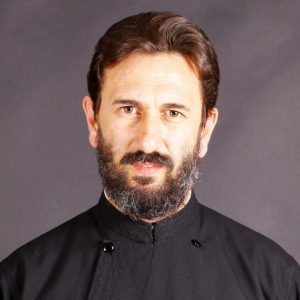
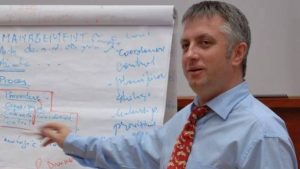

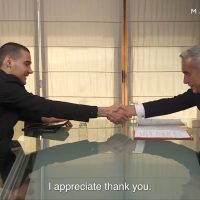
![marius-bostan-foto[1] marius-bostan-foto[1]](https://inliniedreapta.net/wp-content/uploads/elementor/thumbs/marius-bostan-foto1-qt9ywoo2b2lgv37b76h9qr5yo6db5vwzoxbuvd4e6o.jpg)

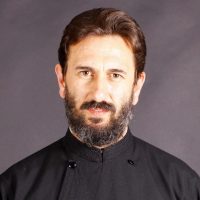

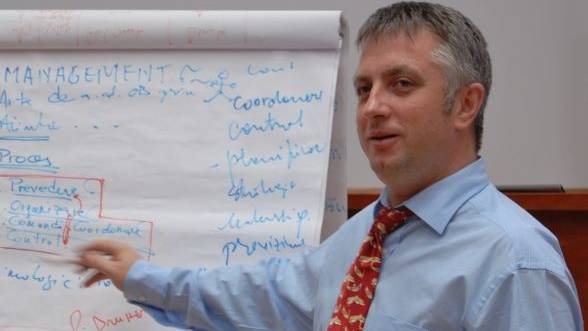


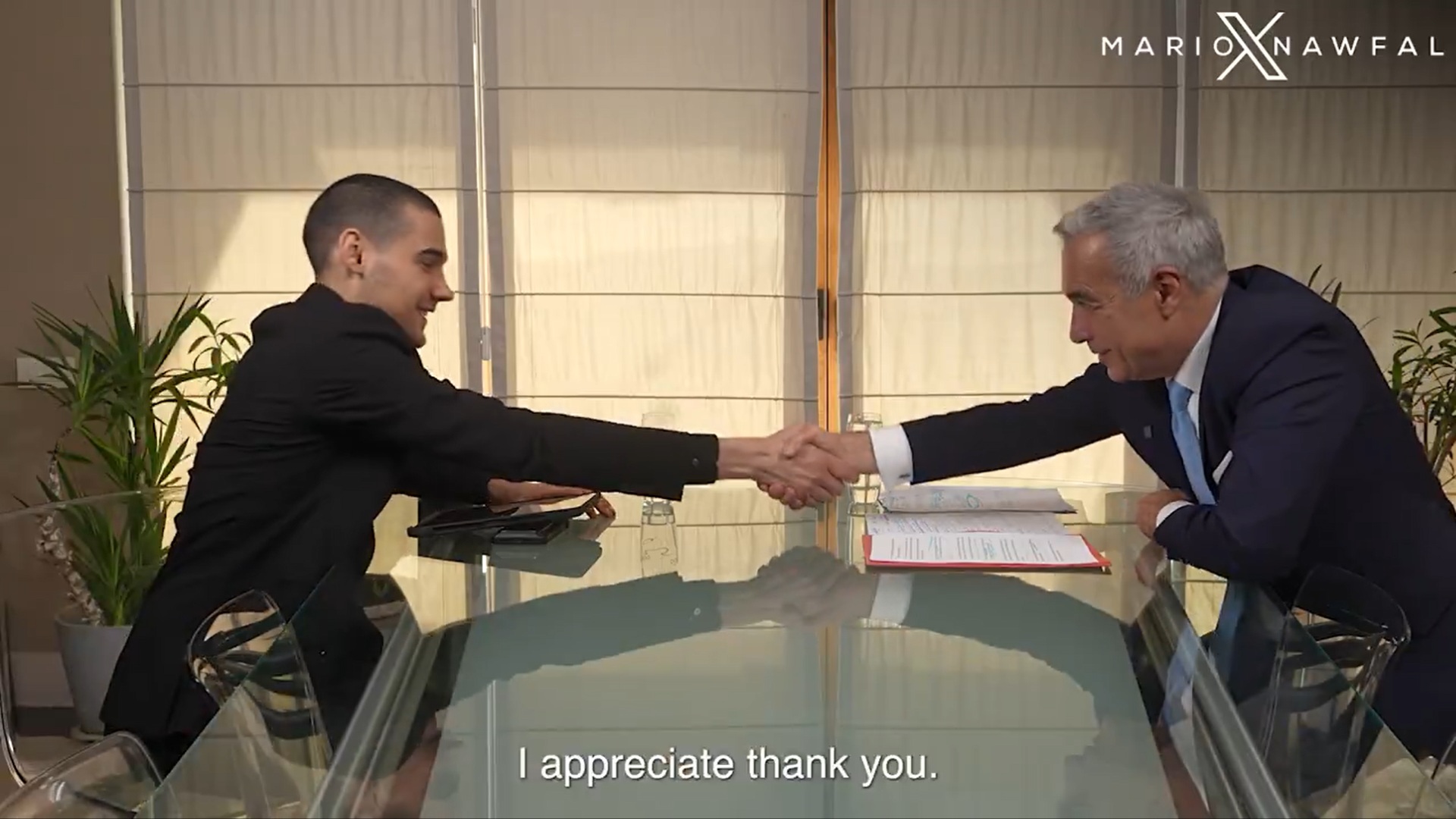





1 Comment
DanCanada
30 September 2013Ce gust amar ai citind asta in engleza! E ca si cum ai explica galerele romane unora de bani gata de la Hollywood. Americanii, in loc sa invete din astfel de lectii ale istoriei, se duc exact ca niste lemingshi inspre socialism.